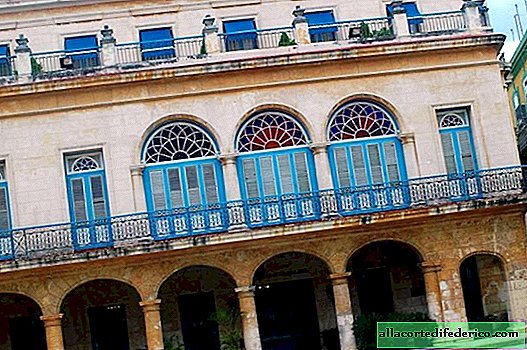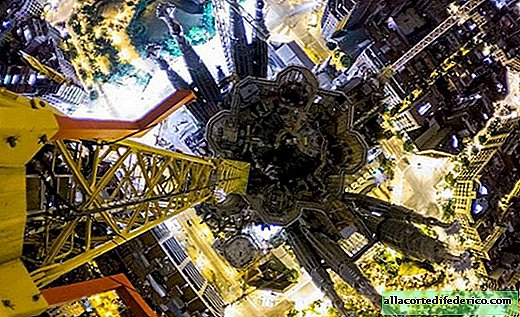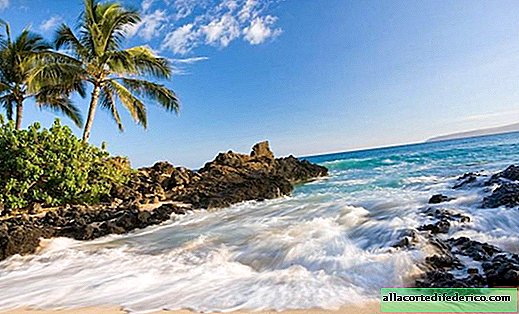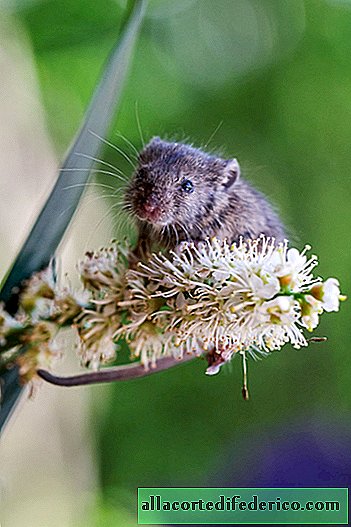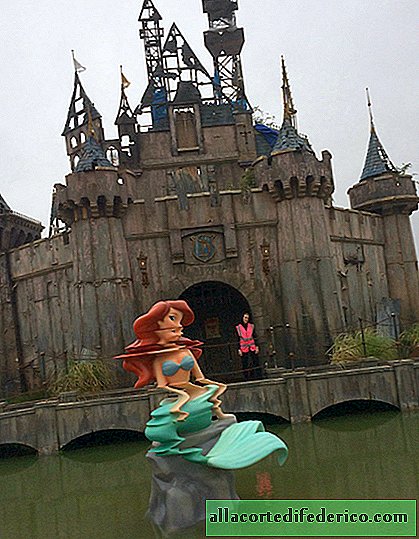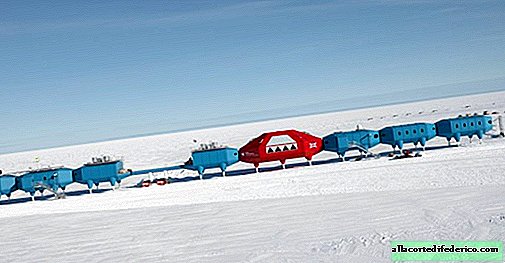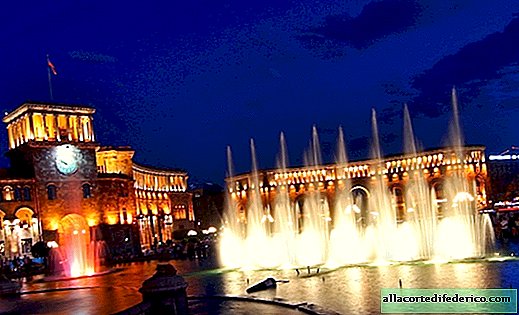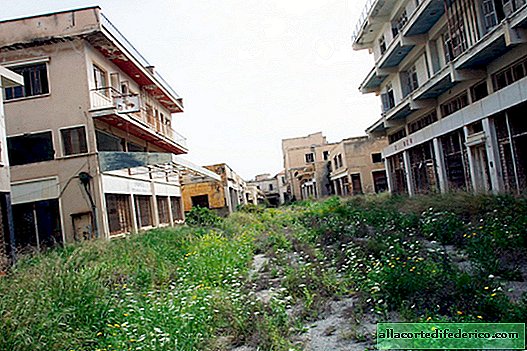Catastrophe on the Rhine: how the countries of Europe united to save the great river
The Rhine River, flowing through the territory of six countries at once, is one of the symbols of Europe. Since ancient times, European peoples have lived on its shores, and today the Rhine Valley is one of the most densely populated regions in the European space - more than 50 million people live here. But, alas, the current ecological state of the river is far from what it was hundreds and thousands of years ago: modern civilization leaves its mark. The Rhine is inferior in water quality to many European rivers, largely due to the large-scale disaster that happened back in 1986.
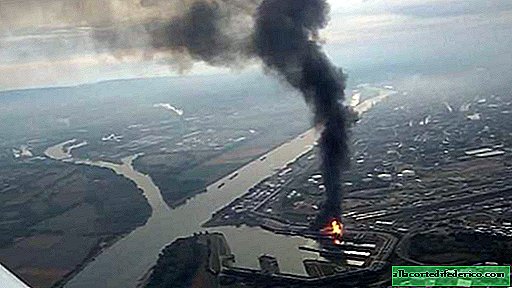 Accident at a chemical plant in Basel, Switzerland, 1986
Accident at a chemical plant in Basel, Switzerland, 1986As a result of an emergency at one of Basel’s plants, more than 30 tons of toxic substances were dumped into the Rhine River. Chemicals and compounds, including mercury and hazardous pesticides, ended up in the upper reaches of the river. Eyewitnesses of those events recall that the water artery acquired an unnatural red color, and the cities that used water from it for drinking water supply were categorically forbidden to do this. Within a few days, a wave of toxic Rhine water swept downstream, reaching the North Sea. As a result of this disaster, a massive plague of fish and other marine inhabitants was observed, and the water in the Rhine itself became unsuitable for drinking and the life of most of its inhabitants.
 Salmon disappeared from the Rhine before the accident at a factory in Switzerland
Salmon disappeared from the Rhine before the accident at a factory in SwitzerlandThe catastrophe caused the authorities of countries located in the Rhine basin to take a fresh look at the state of the river. It is worth noting that even before this sad case, the water quality in the river did not meet many requirements, and the level of a number of pollutants was above the norm. The post-war reconstruction of Europe and the rapid development of industry led to a sharp deterioration in the state of the Rhine in the second half of the 20th century. After the release of toxins, the authorities quickly assessed the catastrophic consequences and set about restoring the river’s ecosystem. A long-term program was adopted aimed at reducing pollutant discharges. And the main criterion for success was the return of salmon, which had previously visited the Rhine for spawning, as well as the presence of sea turtles at the mouth of the river. Of course, the physicochemical parameters of water, which after the completion of the program was supposed to be suitable for drinking, as well as the presence of toxic components in bottom sediments, were taken into account.
 River rhine
River rhine



